Nissan Altima (L32) 2007-2012 Service Manual: Shift fork and fork rod
Exploded View
Refer to TM-28, "Exploded View".
Disassembly
1. Remove return spring to striking rod assembly.
Assembly
1. Temporarily install return spring to striking rod assembly.
CAUTION:
Be careful with the orientation of return spring.
2. Attach one end of the return spring to striking interlock of striking
rod assembly while holding return spring.
CAUTION:
• When installing, check that return spring is securely
seated in the groove of striking interlock of striking rod
assembly.
Inspection
STRIKING ROD ASSEMBLY AND RETURN SPRING
• Check contact surfaces and sliding area for wear, damage, bending,
etc. If necessary, replace parts.
FORK ROD AND SHIFT FORK
• Check contact surfaces and sliding area for wear, damage, bending,
etc. If necessary, replace parts.
SHIFT FORK
• Check if the width of shift fork hook (sliding area with coupling
sleeve) is within allowable specification below.
Exploded View
Refer to TM-28, "Exploded View".
Disassembly
1. Remove final gear mounting bolts and then separate the final gear from
differential case.
2. Remove differential side ...
General Specifications
TRANSAXLE
FINAL GEAR
End Play
Baulk Ring Clearance
Dimension
Differential Side Bearing Preload
Differential Side Gear Clearance
...
Other materials: How to park with predicted course
lines
WARNING
If the tires are replaced with different
sized tires, the predicted course lines
may be displayed incorrectly.
On a snow-covered or slippery road,
there may be a difference between
the predicted course line and the actual
course line.
If the battery is disconnected or becomes
disch ...
RAB system operation
For vehicles with the 7 inch (18 cm) display
RAB system warning light and RAB system
warning indicator
Steering-wheel-mounted controls (left
side)
Center display
When the shift lever is in the R (Reverse)
position and the vehicle speed is less than
approximately 9 mph (15 km/h), the RAB
syst ...
Seat belt extenders
If, because of body size or driving position, it
is not possible to properly fit the lap/
shoulder belt and fasten it, an extender
that is compatible with the installed seat
belts is available for purchase. The extender
adds approximately 8 in (200 mm)
of length and may be used for either the
driver ...
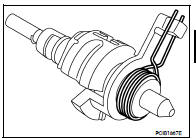
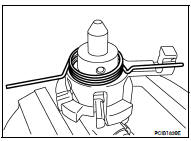
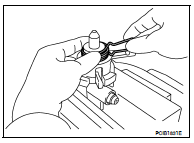
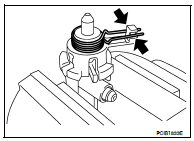
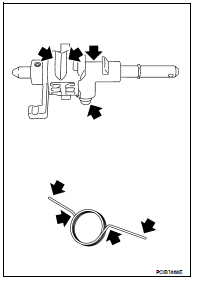
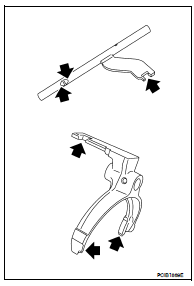

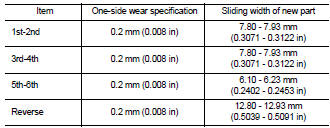

 Final drive
Final drive Service data and specifications
(SDS)
Service data and specifications
(SDS)